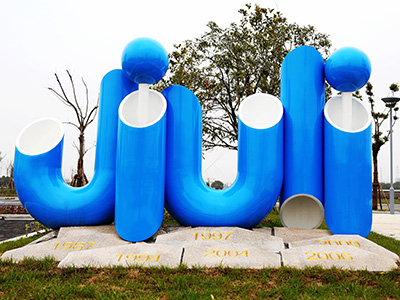Carbon is an important alloying element in traditional martensitic stainless steels, and Fe-Cr-C martensitic stainless steels with three kinds of high, medium and low carbon appeared when chromium and carbon were reasonably matched. The role of carbon is to expand the γ zone, improve the hardenability of steel. But with the increase in the amount of carbon in steel and martensitic stainless steel strength, hardness increases at the same time, steel plastic, toughness, corrosion resistance, cold forming and welding ability to reduce.
The role of carbon in stainless steel, in addition to the martensitic stainless steel has an important impact on austenitic stainless steel and ferritic stainless steel and dual-phase stainless steel, it is generally believed that its disadvantages far outweigh the benefits.
Carbon can improve the strength of stainless steel, but significantly reduce the plastic, toughness of steel.
Carbon combines with chromium in steel, forming chromium-rich carbide Cr23C6 at grain boundary, resulting in chromium depletion and resulting in the decline of intergranular corrosion and corrosion resistance. To this end, the carbon content of austenite, ferrite and duplex steel stainless steel and super martensite stainless steel is decreasing day by day, for example, austenite and duplex stainless steel generally requires carbon content of 0.02%~0.03%; Some grades of modern ferritic and super martensitic stainless steels require a carbon content of less than 0.01%. Figure 1 and Figure 2 show the effect of carbon content on the corrosion resistance of austenitic stainless steels.


















